Level 3 charging, often called DC Fast Charging (DCFC), can typically charge an electric vehicle to 80% in about 30 minutes, or add hundreds of kilometers of range per hour. However, many factors can affect this. Let’s explore these complexities. My experience, spanning decades in this industry, gives me a front-row seat to the evolution of charging technology, so join me.
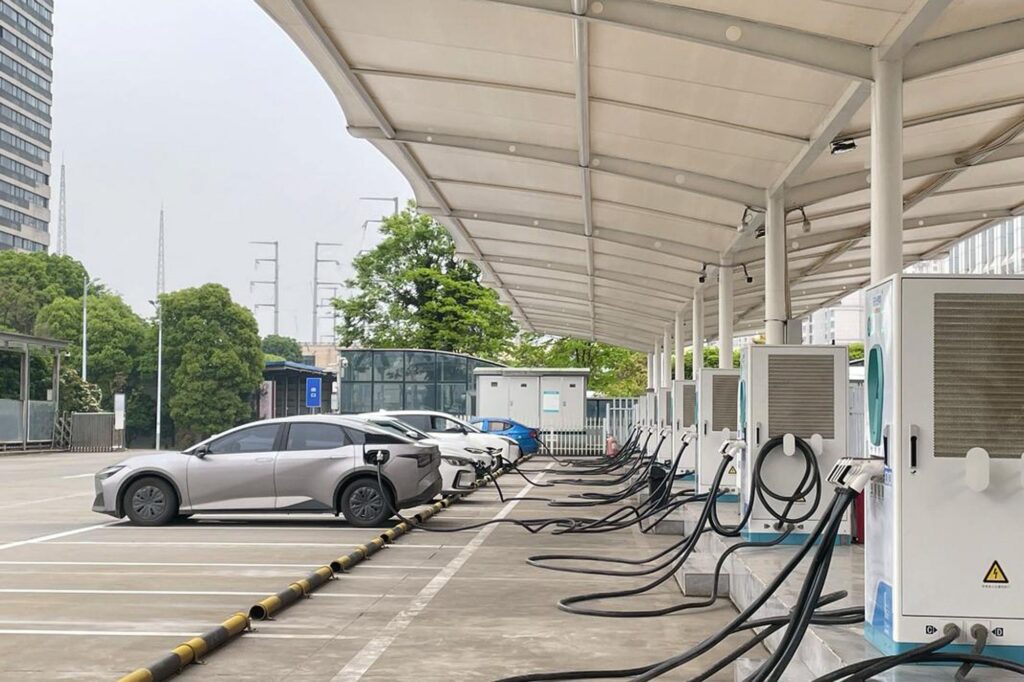
What is the general Level 3 charging speed? How long does it take to fully charge an electric vehicle?
Are you ever frustrated by how long it takes to charge your EV? This is a common concern that Level 3 charging attempts to solve.
Level 3 charging is designed to get you back on the road quickly. You can generally expect to get to 80% charge in around 30-60 minutes using a 50kW-150kW Level 3 charger. Adding 100+ kilometers of range in just a few minutes is possible in ideal conditions.
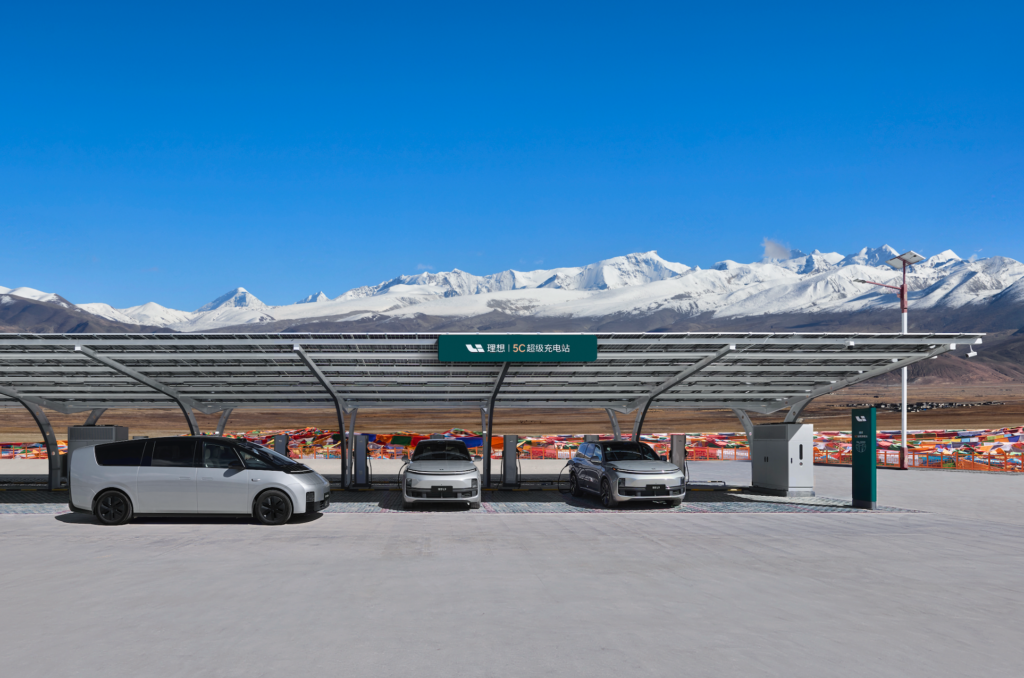
Dive Deeper: Understanding “Full Charge”
It’s important to note that “fully charge” is a bit of a misleading term with Level 3 charging. Here’s why:
| Factor | Explanation |
| Charging Speed Taper | Charging speed slows down significantly after 80% to protect the battery. The last 20% can take as long, or longer, than the first 80%. |
| Battery Health | Regularly charging to 100% with DC fast charging can accelerate battery degradation. |
| Practicality | For most daily driving, 80% charge is sufficient. |
Think of it like filling a glass of water. You can fill it quickly at first, but you slow down as you approach the top to avoid spilling. The same principle applies to EV battery charging. My personal advice: treat 80% as the “new full” for daily use, especially when using Level 3 chargers.
What factors affect Level 3 charging speed?
Do you ever wonder why your charging speed varies, even on the same charger? It’s not always straightforward.
The actual charging speed isn’t just about the charger’s maximum power. Many other factors influence how fast your EV charges. It can range anywhere from below 50kW, to up to 350kw.
Dive Deeper: Unpacking the Variables
Let’s break down the key factors that can impact your Level 3 charging experience:
| Factor | Explanation |
| Charging Pile Power | Chargers range from 50kW to 350kW+, and higher power generally means faster charging. But, your car’s maximum charging rate is a limiting factor. |
| EV Battery Capacity | Larger batteries take longer to charge, even at the same power level. |
| Initial Battery State (SOC) | Charging is faster when the battery is low (e.g., below 20%). It slows down as the battery fills up. |
| Battery Temperature | Extreme temperatures (hot or cold) can cause the Battery Management System (BMS) to reduce charging power to protect the battery. |
| EV Charging Curve | Each EV model has a unique charging curve that dictates the maximum power it can accept at different SOC and temperature levels. |
| Charging Pile Sharing | Some stations share power modules. If multiple cars are charging, the output to each car may be reduced. |
| Power Grid Supply | The charging station’s grid connection can be a bottleneck. Even if the charger and car can handle more power, the grid might limit the speed. |
| Software Limitations | Some electric vehicle manufacturers may limit charging power, in order to protect the battery. |
As you can see, it’s a complex interplay of factors. I’ve seen firsthand how seemingly minor things, like a slightly warmer battery or a few other cars charging at the same station, can significantly impact charging times.
Is there a difference in charging speed between different models on Level 3 charging stations?
Ever noticed that your friend’s EV charges faster than yours, even on the same charger? It’s not your imagination.
Different EV models have varying charging capabilities. Even on the same Level 3 charger, the charging speed will depend on the car’s maximum acceptance rate.
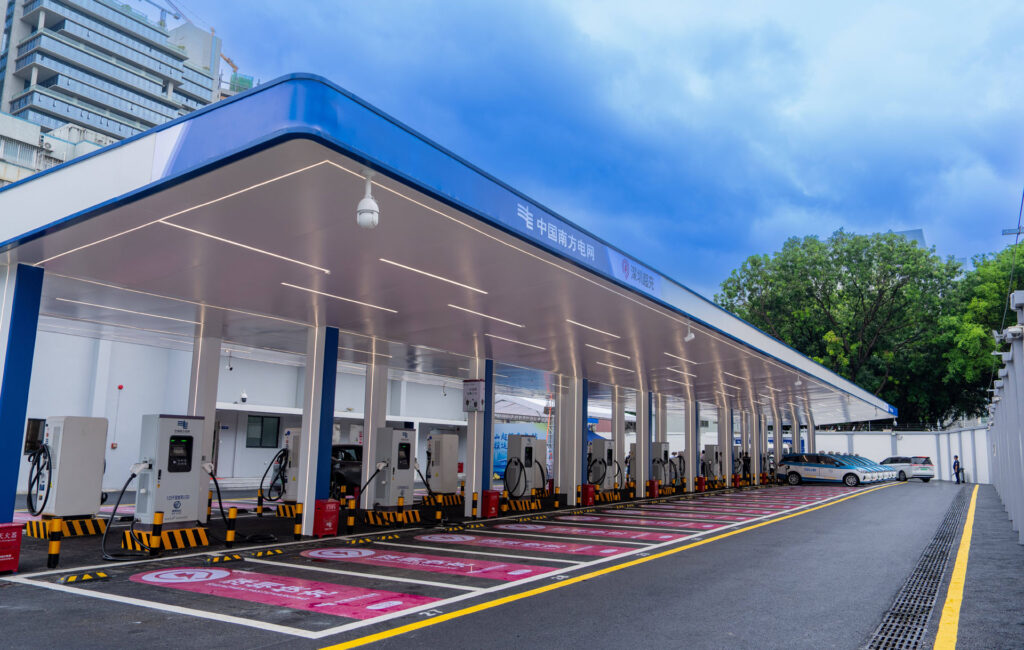
Dive Deeper: Why the Differences?
Here’s a breakdown of the factors contributing to model-specific charging speed variations:
| Factor | Explanation |
| Battery Chemistry | Different battery chemistries have different charging characteristics. |
| Battery Voltage | Higher voltage systems (e.g., 800V) generally allow for faster charging. |
| Thermal Management | More sophisticated cooling systems can allow a car to maintain higher charging speeds for longer. |
| Onboard Charger | While Level 3 charging bypasses the onboard charger, the car’s internal systems still manage the DC power flow. |
| Software | The car’s software plays a crucial role in managing the charging process and can limit charging speed based on various factors (temperature, SOC, etc.). |
| Maximum Charge Rate | Each EV model has a maximum DC fast charging rate (e.g., 50kW, 150kW, 250kW). This is a hard limit, regardless of the charger’s capability. |
It’s like having different sized funnels. Even if you pour water at the same rate, a wider funnel (higher charging acceptance) will fill a container faster. I always recommend checking your EV’s specifications to understand its maximum DC fast charging rate.
How much faster is Level 3 charging compared to Level 2? How significant is the fast-charging advantage?
Have you wondered whether Level 3 charging is really worth the added expense and hassle?
Level 3 charging is significantly faster than Level 2. The difference can be hours versus minutes to reach a usable charge level. This makes it an excellent method to recharge on the go.
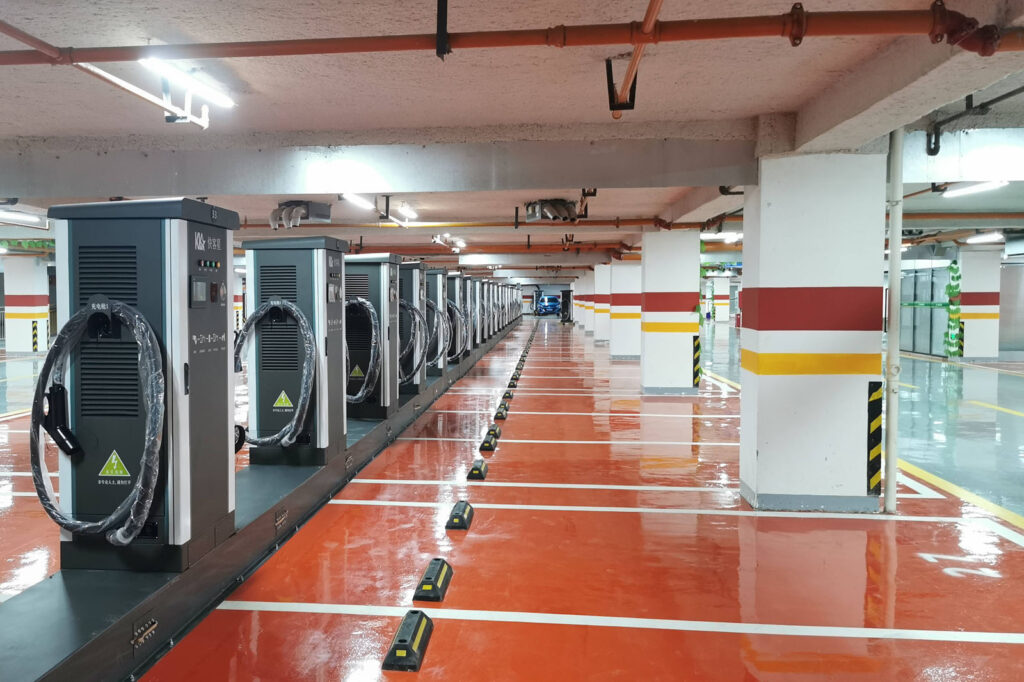
Dive Deeper: Quantifying the Difference
Let’s put some concrete numbers to the comparison:
| Charging Level | Power | Time to add 100 miles of range (approximate) | Use Case |
| Level 2 | 3.3 kW – 22 kW | 1-6 hours | Home charging, workplace charging, destinations where you’ll be parked for a while. |
| Level 3 | 50 kW – 350 kW+ | 10-30 minutes | Road trips, quick top-ups, situations where you need to charge quickly and get back on the road. |
The difference is dramatic. While Level 2 is perfectly adequate for overnight charging at home or during a workday, Level 3 offers a crucial advantage for long trips or when you need a quick boost. It transforms the EV ownership experience, making it more comparable to the refueling convenience of a gasoline car. I remember when EVs were limited to Level 2 charging; it made road trips a real challenge!
What is the power range of Level 3 charging stations? Will high-power charging stations be faster?
Have you ever wondered if you should always seek out the highest-powered Level 3 charger available?
Level 3 charging stations have a wide power range, typically from 50kW to 350kW or even higher. Generally, higher-power stations will charge your EV faster, but only up to your car’s maximum acceptance rate.
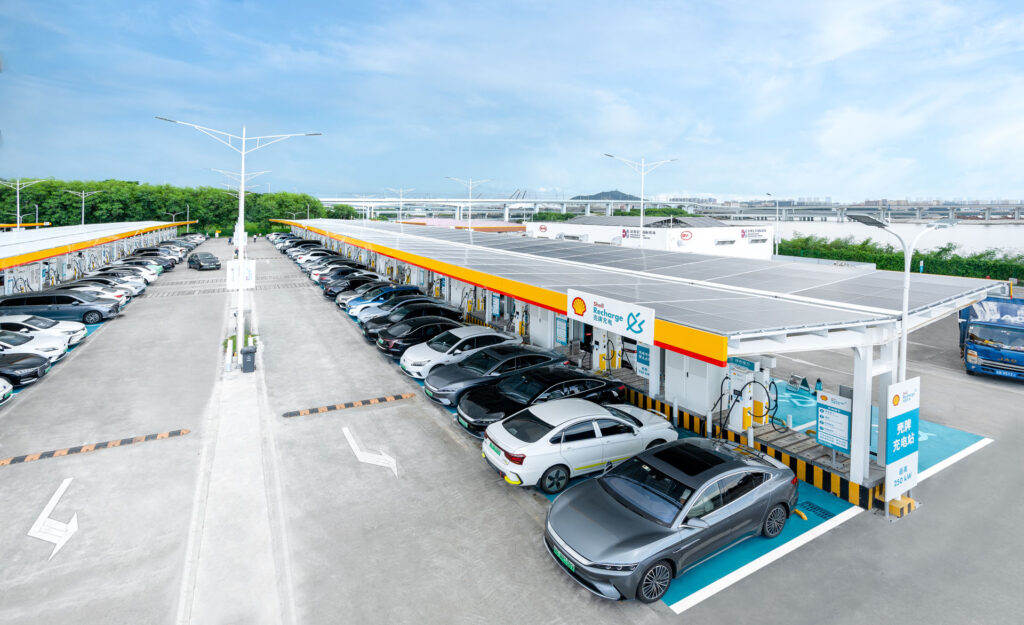
Dive Deeper: Matching Charger to Car
Here’s a table illustrating the concept of charger power versus car acceptance:
| Charger Power (kW) | Car’s Max Acceptance (kW) | Actual Charging Power (kW) |
| 50 | 150 | 50 |
| 150 | 150 | 150 |
| 350 | 150 | 150 |
| 150 | 50 | 50 |
As you can see, using a 350kW charger with a car that can only accept 150kW won’t make it charge faster. It’s like trying to fill a small bottle with a fire hose – the bottle’s opening is the limiting factor.
My advice: Know your car’s maximum DC fast charging rate. You can find this information in your owner’s manual or online. There’s no need to pay extra (if applicable) for a higher-powered charger if your car can’t take advantage of it.
How to optimize Level 3 charging speed? What practical tips and precautions are there?
Are you looking to squeeze every bit of speed out of your Level 3 charging sessions? There are definitely ways to optimize your charging.
While you can’t control all factors, you can take steps to maximize Level 3 charging speed and protect your battery. It will require attention and care on your part.
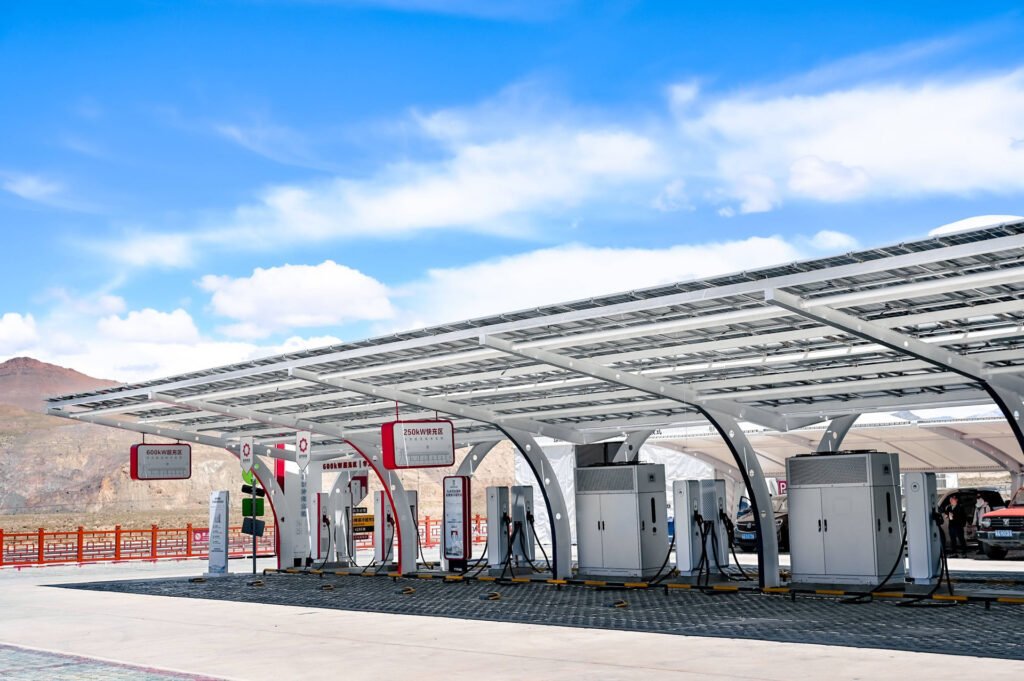
Dive Deeper: Practical Tips and Precautions
Here’s a checklist of actionable tips:
| Tip | Explanation |
| Precondition the Battery | If your EV has a preconditioning feature, use it before charging, especially in extreme temperatures. This warms or cools the battery to its optimal charging temperature. |
| Start with a Low SOC | Begin charging when your battery is relatively low (e.g., 10-20%) for the fastest initial charging speeds. |
| Choose the Right Charger | If possible, select a charger that matches your car’s maximum charging rate. There’s no benefit to using a higher-powered charger if your car can’t utilize it. |
| Avoid Extreme Temperatures | If possible, charge in a shaded or temperature-controlled environment. |
| Monitor Charging Progress | Use your car’s app or the charging station’s display to keep an eye on the charging speed and any error messages. |
| Limit Full Charges | For daily use, aim to charge to around 80% rather than 100% to preserve battery health. |
| Check for Station Sharing | Be aware that some charging stations share power between multiple stalls. If the station is busy, your charging speed might be reduced. |
| Software Update | Keep your EV’s software up to date. Manufacturers sometimes release updates that improve charging performance. |
These are practices I follow myself. They won’t magically transform a slow charger into a fast one, but they can help you get the best possible charging experience. And, most importantly, take care of your battery!
Conclusion
Level 3 charging offers a significant speed advantage, making EVs more practical for a wider range of drivers. However, it’s crucial to understand the various factors that influence charging speed and to manage expectations. By being informed and following best practices, you can maximize the benefits of this technology.

